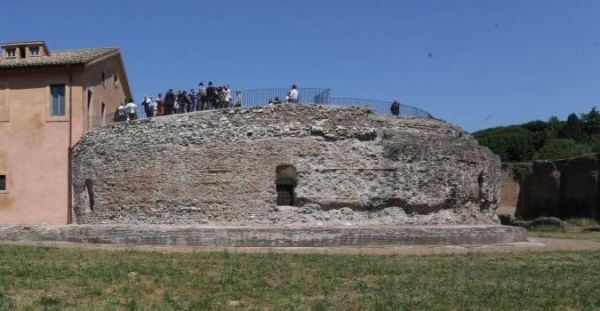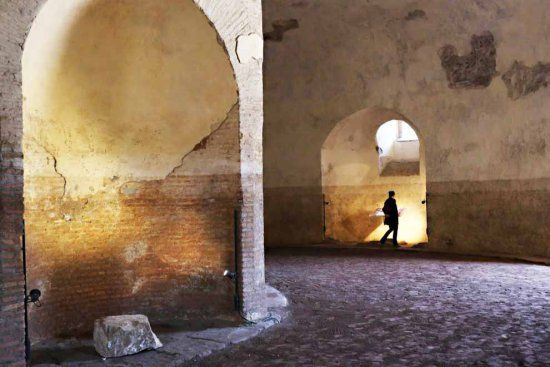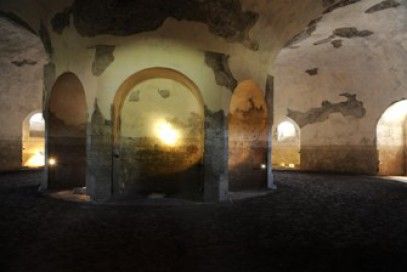Imperial Roman monument on Appia Antica restored
The Mausoleum of Romulus on Rome's Via Appia Antica has reopened to the public after more than two decades. Built in the early fourth century AD, the circular monument forms part of an imperial complex attributed to the emperor Maxentius (306-312 AD).
The mausoleum was designed for the burial of members of the imperial family and almost certainly housed the remains of Valerio Romulus, the emperor's teenage son who died prematurely in 309 AD.
Describing it as "an absolute jewel of our archaeological heritage," Rome mayor Ignazio Marino said the reopening of the monument was "another step towards realising our most ambitious aim: creating the world's biggest archaeological park, stretching from the slopes of the Capitoline hill in central Rome all the way here to the Appia."
Marino also said the city had plans to introduce a shuttle service to take tourists from the city centre to the mausoleum this summer and that the details will be announced in the coming weeks. The restoration of the tomb began in 2008 and cost just under €900,000.
Some of the work was carried out by prisoners as part of a reintegration project by the ministry of justice. In the 18th century a farmhouse was built beside the mausoleum, which was later turned into the country home of the Torlonia family. The monument can be visited without booking.
























